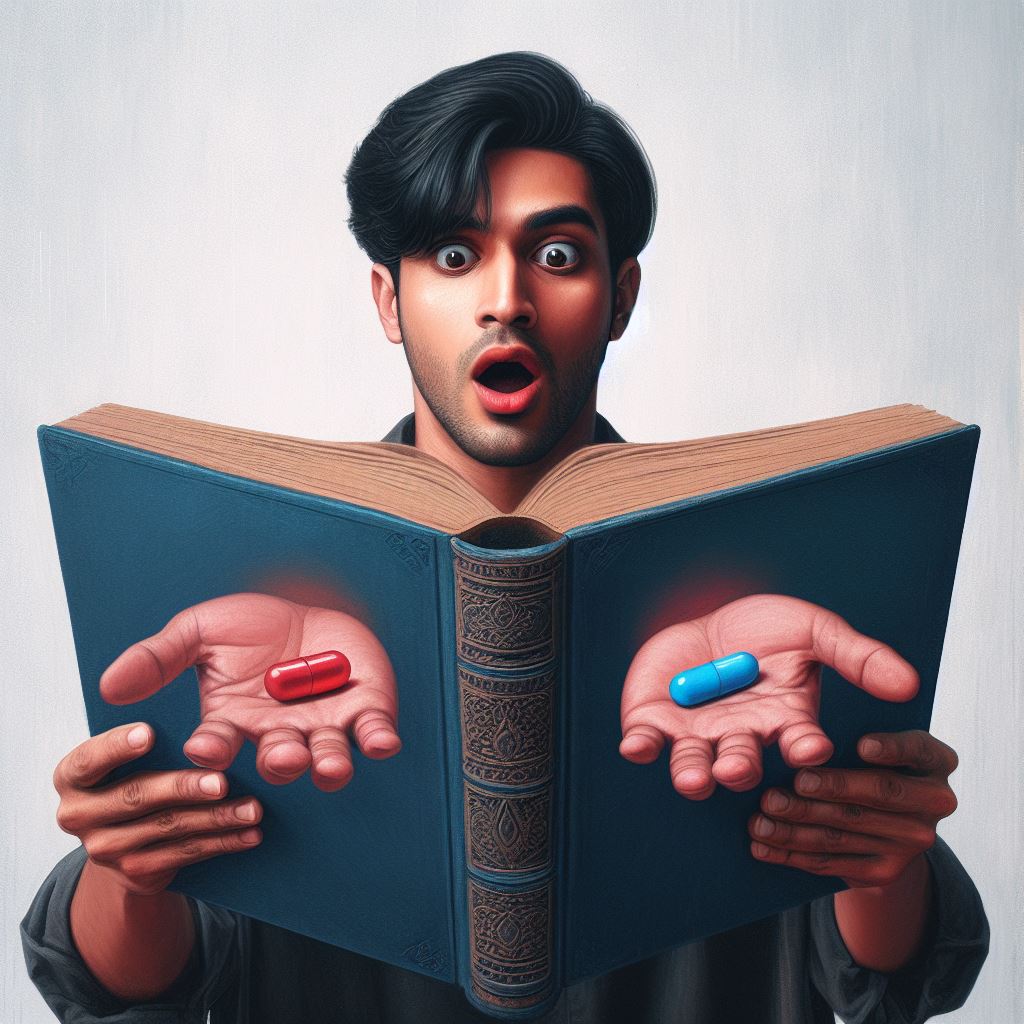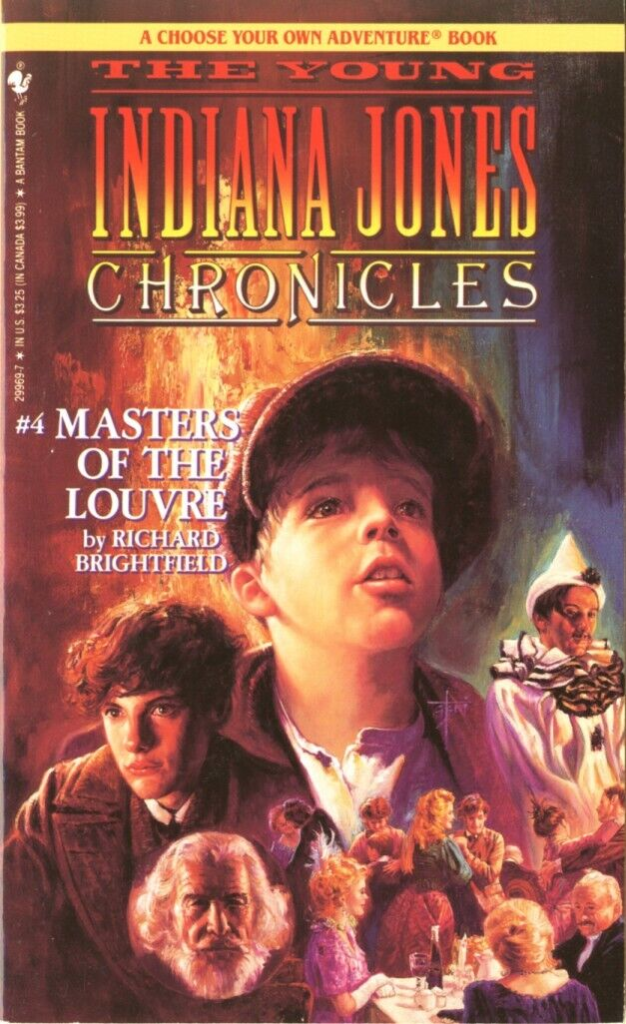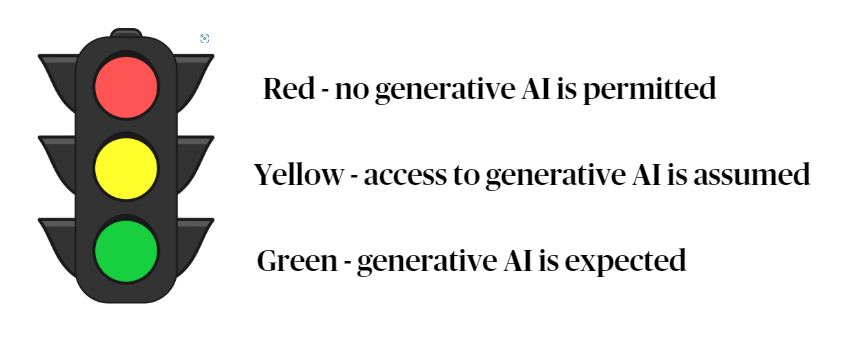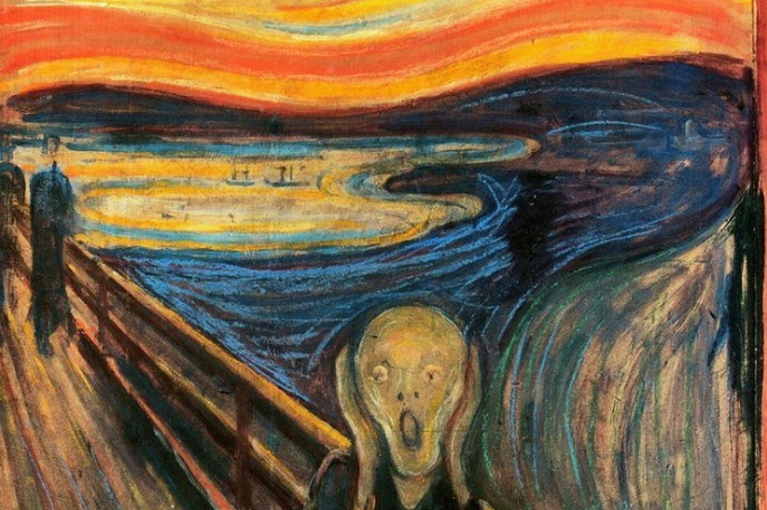
Transforming short stories into a choose your own adventure.
Let’s start by stating that inspiring students in their creative writing does not need the help of AI. This is not an educational problem that needs a technological solution.
However, I am excited by the activity I am about to describe just because this could be a really fun bonus that might hook students into the writing process further.
Interactive Fiction has been around for a long time. I remember reading “Choose Your Own Adventure Books” when I was young. Can you remember The Young Indiana Jones Chronicles? They were always a bit of fun.

From my brief research, there have been people creating interactive fiction with generative AI since at least GPT2 (predecessor of ChatGPT). This idea is nothing new. People have explained the idea well here and here. I even saw someone had made a platform which transformed all of Roald Dahl’s classics into interactive fiction (it may have been taken down because of the likely breach of copyright).
Passive consumption
The educational problem with the approaches above is that it has ChatGPT doing almost all of the creative grunt work. With a well-crafted prompt, students can sit back, offering very little creativity to the design process. They just get to consume.
An issue with the current hype-cycle surrounding AI in education is much of what we are seeing is simply encouraging passive consumption. Having ChatGPT create the entire plot, setting, characters and branching for an interactive story gives students very little opportunity to develop their own creativity or writing style while giving them little to no ownership over the process.
Try this process instead:
Step 1: Students can use their own stories
Students can use their own narratives as a basis for the interactive fiction. The English teachers reading already know how to get the best writing out of their students. Start by having your students write short stories using creative prompts, helping them access their imaginations. Explicitly teach them relevant writing skills such as narrative structure, dialogue conventions, language features, vivid imagery, editing, etc. In fact, you can successfully have your students participate in this digital activity without changing anything in your current creative writing unit.
At this stage, I wouldn’t tell your students what they will be doing with their stories. The only thing I would suggest is to encourage action-orientated, plot driven stories, with interesting characters. These will most likely produce the best interactive stories. However, again, this is just usual educational practice for school-aged students while they are developing their proficiency and creative voice.
Once students have submitted their stories, assess their work and give your usual feedback.
Step 2: Transform their stories into interactive fiction
If students can access a generative AI such as ChatGPT, they can then transform their short story to create a “choose your own adventure”.
Here is a prompt template I have been crafting to give an adequate context. Feel free to use it with your students:
Transform the provided narrative into an interactive ‘Choose Your Own Adventure’ format. Begin by setting the scene using elements from the narrative. After establishing the initial scene, present a singular A/B decision point. Ensure that you wait for my choice (A or B) before revealing the next section. If my choice aligns with the original narrative, continue. If it deviates, create a twist. Continue this step-by-step approach, ensuring that only one decision point is introduced at a time. If I deviate too far from the original narrative, end the story creatively. If I reach the end of the original narrative, let me know I have successfully finished the story. The aim is to keep me engaged while allowing me some autonomy to dictate the direction within the constraints of the original story.
Students simply paste this template into the chatbot. Add a space and then copy/paste their story underneath. If they include their title, this usually becomes the heading for their interactive story.
There is nothing magic about the above prompt. Many alternatives would give similar or better results.
Here is an example of what ChatGPT produces using a short story about a space shuttle emergency:

Step 3: Students interact with their stories
As you’ll see, ChatGPT does a pretty good job at sticking to the script if you make the correct choices. If the student wants to go rogue and deliberately move away from their original pathway, the AI will try to get them back on track. I remember the adventure books I read as a kid always ended with the demise of the protagonist if I choose a series of unwise options. This doesn’t seem to happen so much with this interactive fiction. Either my prompt or the guardrails of ChatGPT cause the characters to always seem to find a way out of trouble.
Give it a go and see your students finding delight in interacting with their creations.
Closing remarks
- Could this help with further inspiration?
As an alternative procedure, students could use this activity for further inspiration before submitting their narrative for final assessment. Students could paste in a draft of their story. They could interact with the story, taking alternative pathways. This process could give them inspiration to add further details to their plot, setting and characters. Students could even complete a “Writers Statement” justifying the changes they made to their short story after completing this process.
- Hallucinations
This activity might be a rare context where the hallucinations that generative AI commonly have could actually make this interactive fiction even more interesting. However, if it hallucinates too far from the original narrative, the student may find themselves interacting with an artificially made story.
- Safety
From my experience so far with this prompt, ChatGPT currently does a pretty good job of not accepting stories that have inappropriate content. It just won’t even start the activity if the content is too graphic or explicit in nature. This will likely annoy some students who enjoy adding extra grit to their stories. However, at this stage, the tighter the constraints this emerging technology has, the better. Especially in an educational setting. Despite these guardrails, I still recommend this activity is completed at school under the supervision of a teacher.
Bonus: Multimodal Interactive Fiction
For those of you who have a paid ChatGPT4 subscription. DALL-E recently integrated with ChatGPT. This significantly levels up this concept of interactive fiction. Check this out:

P.S. Did you notice the extra finger in the title image?
More prompt templates with explanations can be found here.



Leave a comment